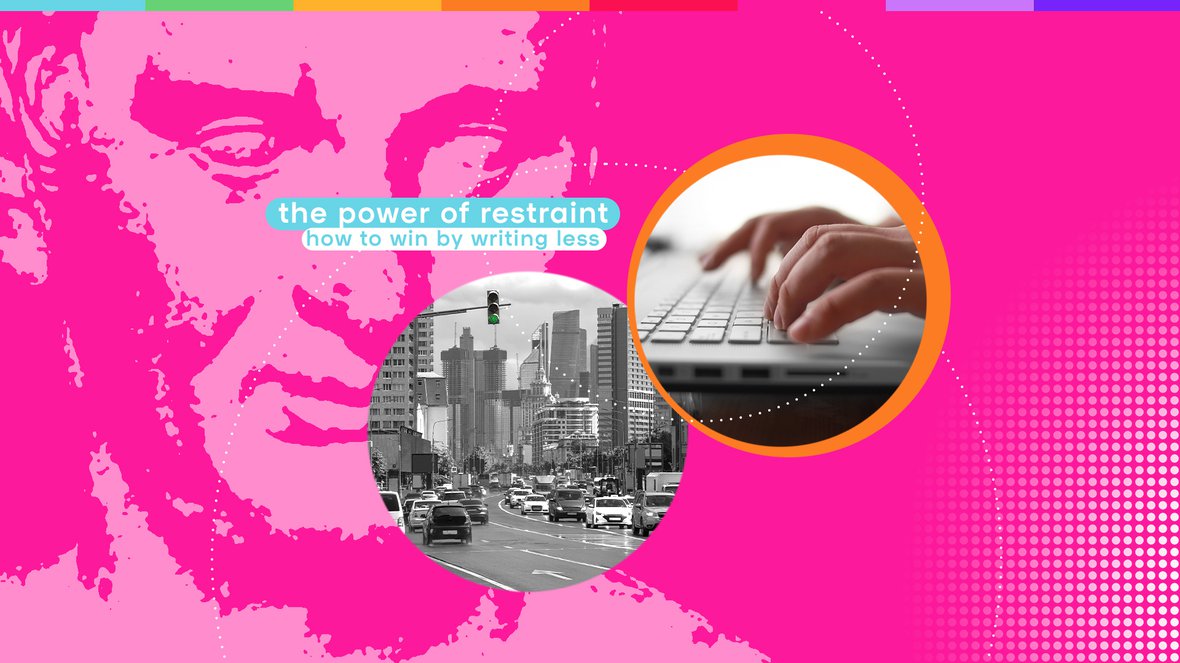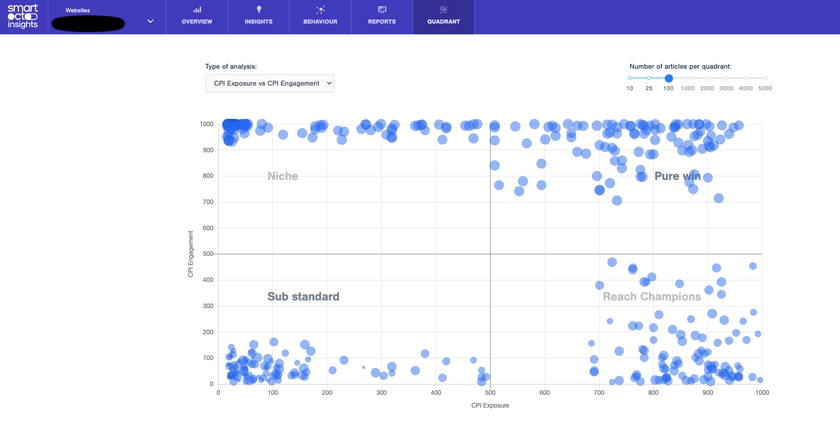UPDATE: We created a new User Need Model in March 2023. Check our page and download the whitepaper if you're interested!
The user needs model has been with us for a few years now and many organisations - international, national, regional, local, and niche - have been building on the work that BBC World Service pioneered in 2016-17. Dmitry Shishkin, an independent digital consultant and enthusiastic evangeliser of the model, recently looked at what has happened to the overall output and performance of content at the first place this model was applied - BBC News Russian. In short? It’s been transformative.
We’re often asked how a user-needs approach actually works. There are two principle ways it does:
- By reducing the amount of articles you create (of course there’s a caveat: read on)
- By creating stories which cover a broader spread of user needs (not just the obvious ‘update me’ ones)
The most striking result is that over a period of five years BBC News Russian managed to create 60% fewer articles (a decrease of 5099 articles April-December 2016, to 1999 during the same nine months in 2021) but at the same time generated almost 190% more pageviews (a mindblowing increase of 8833 average pageviews per article in 2016 to 25500 in 2021).
That means that while optimising content is one thing, stopping making content that your audience doesn’t need (or at least doesn’t need in such large quantities is another (we wrote about that here). And maybe the latter point is more powerful than we would like to think.




